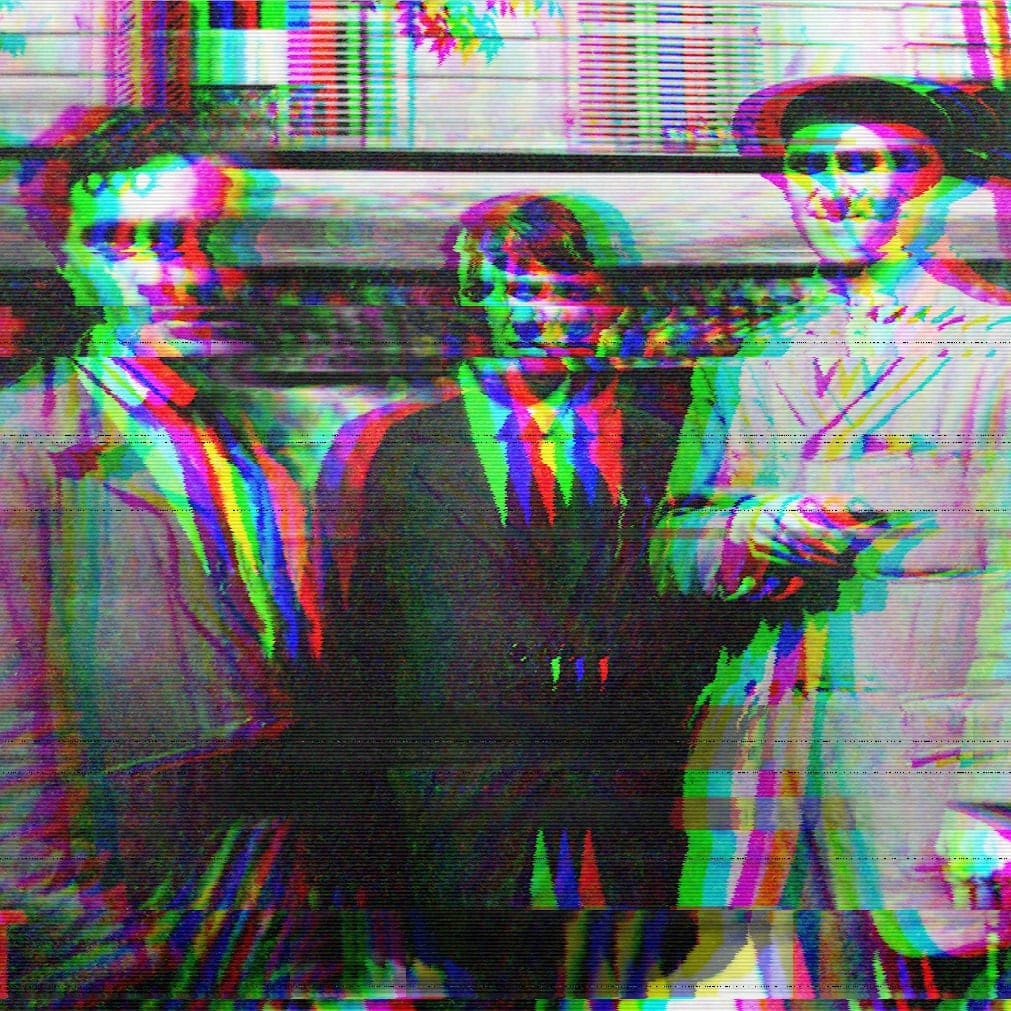20250223
“If your country won’t even resource the wars with what its own generals say is necessary for long-term success, what else is there to fight for? But if you think the mission your country keeps sending you on is pointless or impossible and that you’re only deploying to protect your brothers and sisters in arms from danger, then it’s not the Taliban or al-Qaeda or ISIS that’s trying to kill you, it’s America.” Phil Klay.
People: HuckFinn. Relationship recession. Perfect cheese & pepper spaghettis. GenZ and malls. Handwriting. Trolls and crybullies shaping the world.
Futures: Land uses in Oregon. Cities. SciFi as a tool. Gaming for futures (why?). Foresight in Copenhagen.
Life: Smart Insuline. Microretirement.
Security: GhostGPT for hackers. The US cyber lines. Tesla hacked. Targeting climate activists. 2024 DOTE annual report (PDF). Zero Trust Info.
Business: Type2 growth. Journalism trends. Concrete and communists. NY passive house school.
Tech: Jevons paradox. Goldback conjecture. Websiites age controls? Quantum teleports. 2024 Emerging technologies from the EU (PDF).
Topoconductors at Microsoft.
2025 trends: Society of AI, Energy as technology, Rising domestic agendas, Geofragmentation, Social and cultural “vibe shift”

Blueprints for a Better Tomorrow
In a not-so-distant future, where the line between the digital and the tangible had begun to blur like a poorly drawn cartoon character, a curious phenomenon emerged. The internet had grown increasingly enshittified—yes, that’s right, a term coined for the social media landscape that had devolved into a cacophony of ads and bots, all vying for attention like toddlers in a candy store. This wasn’t merely a side effect of greedy venture capitalists; it was a symptom of a societal malaise, exacerbated by the disbanding of cybersecurity boards and the careless approach to digital safety, leaving people to navigate a cybernetic minefield with the grace of a giraffe on roller skates.
Enter our protagonist, a middle-aged architect named Quinn. Quinn had always believed that the built environment should reflect the best of humanity, a notion that had been lost amid the steel and glass monoliths of an era defined by efficiency over empathy. Inspired by a recent project that explored alternative land use in Oregon, Quinn dreamed of weaving futures thinking into architecture, crafting buildings that would not only shelter but also nurture community resilience. If only the world didn’t feel like it was spiraling toward chaos, with hacking campaigns targeting climate activists and automotive technology being compromised as easily as a child’s toy.
As Quinn sat sketching designs for a new community center—complete with spaces for art and connection, like a social media platform without the enshittification—his thoughts turned to the curious case of the “smart insulin” recently developed. This groundbreaking innovation, dormant until needed, was a reminder that technology could indeed be a friend, not just a foe. If only those same minds could turn their attention to the architecture of society itself!
In the midst of his daydreams, Quinn was interrupted by the ping of his phone—a notification from an AI-driven social media app that promised to enhance user engagement. The irony did not escape him; a tool designed to foster connection now felt like it was siphoning off genuine human interaction, leaving behind hollow echoes of algorithmic banter.
His phone buzzed again. This time, it was an invitation to play a game called “Dreams and Disruptions,” a curious blend of randomness and foresight that promised to reveal hidden societal fears. Perhaps it was the answer to his dilemma, a chance to engage the community in envisioning a future where technology and humanity harmonized like the perfect cacio e pepe—creamy, rich, and robust enough to withstand the phase separation of cultural chaos.
Eagerly, Quinn joined the game, where players tossed ideas around like a chef flinging dough, only to discover that the real challenge lay not in the play itself, but in the conversations it sparked. As players navigated scenarios of climate change, economic disparity, and cyber threats, they began to forge connections that felt almost tangible—like handwriting on parchment, a lost art in the age of autopens and digital signatures.
The game culminated in a collective vision for a revived community, one that transcended the enshittification of their online lives, focusing instead on a type 2 growth: improvements that didn’t just consume resources but enriched lives. Laughter and ideas flowed freely, much like a well-prepared cacio e pepe, and for the first time in a long while, Quinn felt a glimmer of hope.
As they wrapped up, a young gamer quipped, “Maybe we’ve just invented a new religion: the Church of Cacio e Pepe!” The room erupted in laughter, a reminder that even in a world dominated by algorithms and uncertainty, the human spirit still thrived. And in that moment, Quinn knew that while the future was uncertain, they had at least started to sketch out a blueprint for something better—a community rising from the ashes of a digital dystopia, armed with creativity and connection, ready to reshape the world, one laugh at a time.

